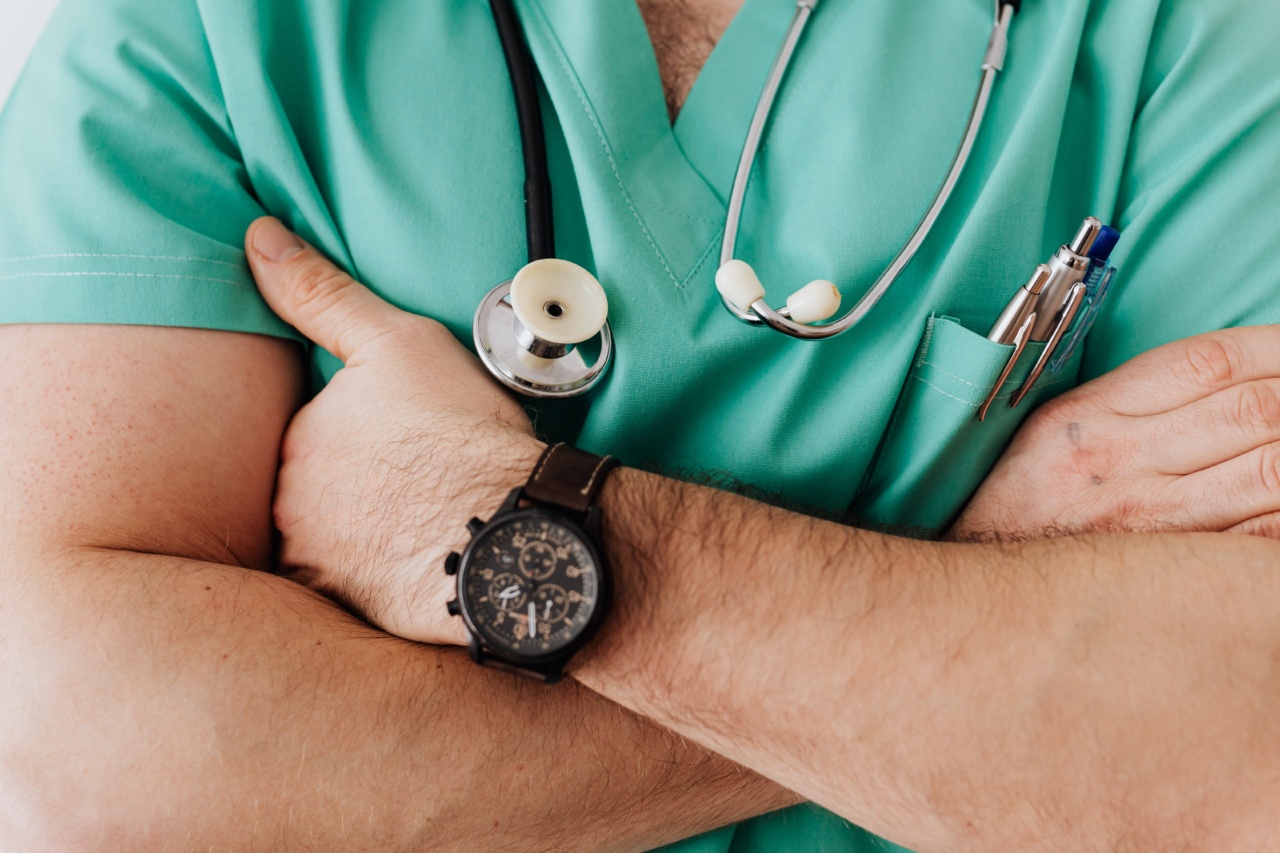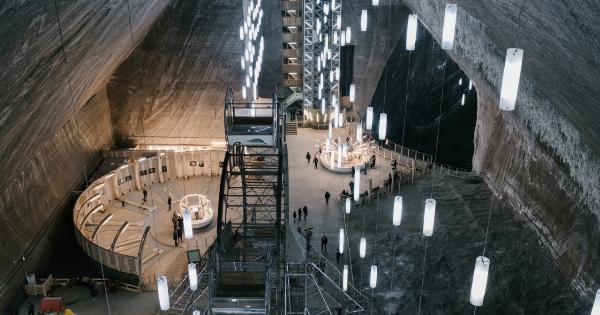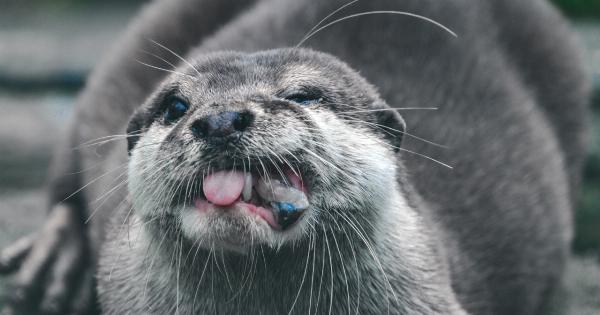The gallbladder is a small, pear-shaped organ located beneath the liver. Its primary function is to store and concentrate bile, a vital substance produced by the liver. Bile plays a crucial role in the digestion and absorption of dietary fats.
However, when an imbalance occurs in the composition of bile, it can lead to the development of various gallbladder diseases. In this article, we will explore the role of bile in gallbladder disease and understand how an understanding of bile production and function can help in the prevention and treatment of these conditions.
An Overview of Bile
Bile is a yellowish-green fluid containing water, bile acids, cholesterol, bilirubin, and various salts. It is produced by hepatocytes, the specialized cells of the liver.
The liver continuously produces bile, regardless of meal consumption, but its release into the bile ducts and gallbladder is regulated by the hormone cholecystokinin (CCK) in response to food intake, particularly the consumption of fatty foods.
Bile Composition and Function
Bile acids are the most essential components of bile. They aid in the digestion and absorption of dietary fats by emulsifying them into smaller droplets, increasing their surface area for enzymatic action.
This process enhances the efficiency of fat breakdown by lipases, enzymes responsible for fat digestion.
Furthermore, bile acids act as natural detergents, helping to solubilize cholesterol and other lipids.
By maintaining cholesterol in a soluble form, bile acids prevent the formation of gallstones, which are hardened deposits that can obstruct the bile ducts and lead to gallbladder disease.
The Gallbladder’s Role in Bile Concentration
The gallbladder’s primary function is to store and concentrate bile. When released from the liver, bile is relatively dilute.
However, the gallbladder actively reabsorbs water and electrolytes, resulting in the concentration of bile up to ten times its original strength. This concentration process allows the gallbladder to hold a substantial amount of bile in a smaller fluid volume, ensuring a sufficient supply of concentrated bile for efficient fat digestion upon demand.
Gallbladder Diseases Associated with Bile Imbalance
When the composition of bile becomes imbalanced, it can lead to the formation of gallstones. Gallstones are hardened deposits that consist of cholesterol, bilirubin, and calcium salts.
These stones can vary in size, ranging from tiny grains to large masses. Gallstones can obstruct the bile ducts, causing inflammation, infection, or other complications. The two primary types of gallstones are:.
1. Cholesterol Gallstones
Cholesterol gallstones are the most common type, comprising about 80% of gallstones. They develop when there is an excess of cholesterol or inadequate amounts of bile salts and lecithin, which help keep cholesterol in a soluble form.
The exact reasons for cholesterol imbalance are not fully understood, but factors such as obesity, rapid weight loss, and certain medications can increase the risk of their formation.
2. Pigment Gallstones
Pigment gallstones are less common and primarily composed of bilirubin, a yellow pigment resulting from the breakdown of red blood cells. Increased levels of bilirubin in bile can form these stones.
Conditions such as liver cirrhosis, biliary tract infections, and certain blood disorders can contribute to the development of pigment gallstones.
Preventing Gallbladder Diseases
The prevention of gallbladder diseases revolves around maintaining a healthy lifestyle and diet. Eating a balanced diet, low in cholesterol and saturated fats, can help prevent the formation of cholesterol gallstones.
Incorporating fiber-rich foods, regular exercise, and maintaining a healthy weight are also crucial for preventing gallbladder diseases.
Moreover, ensuring an adequate intake of water and avoiding rapid weight loss can help mitigate the risk.
It is also advisable to limit the consumption of refined carbohydrates, as they increase cholesterol production in the liver, potentially leading to gallstone development.
Treating Gallbladder Diseases
Treatment options for gallbladder diseases vary depending on their severity and the specific condition.
In many cases, surgical removal of the gallbladder, known as cholecystectomy, is recommended when gallstones cause significant symptoms or complications. Cholecystectomy is a safe procedure that can be performed via minimally invasive techniques, such as laparoscopic surgery.
However, in cases where surgery is not immediately necessary or feasible, medication can be prescribed to help dissolve gallstones. These medications work by reducing cholesterol levels in bile or by dissolving cholesterol-based stones.
It is important to note that gallstone dissolution can be a slow process, taking several months to years, and may not be effective for all patients.
Conclusion
The role of bile in gallbladder disease is essential to understand for the prevention and treatment of various gallbladder conditions.
Bile, produced by the liver and stored in the gallbladder, plays a crucial role in the digestion and absorption of dietary fats. An imbalance in bile composition can lead to the formation of gallstones, causing inflammation and other complications.
Adhering to a healthy lifestyle, diet, and seeking appropriate medical interventions can help mitigate the risk and severity of gallbladder diseases.





























